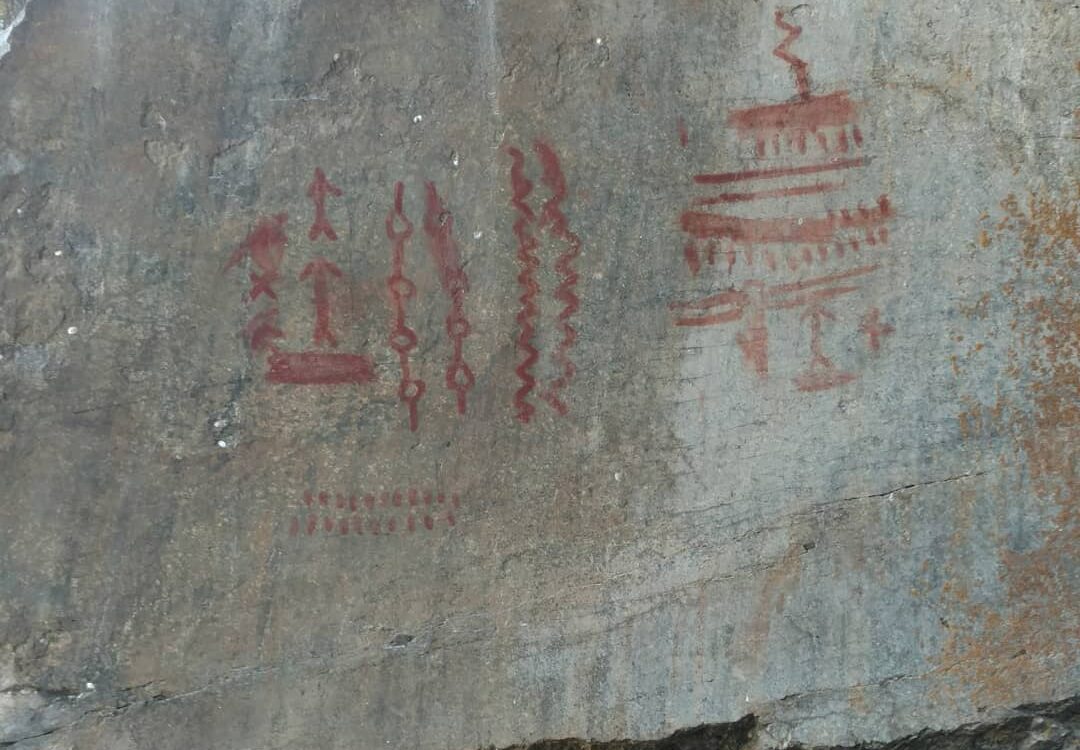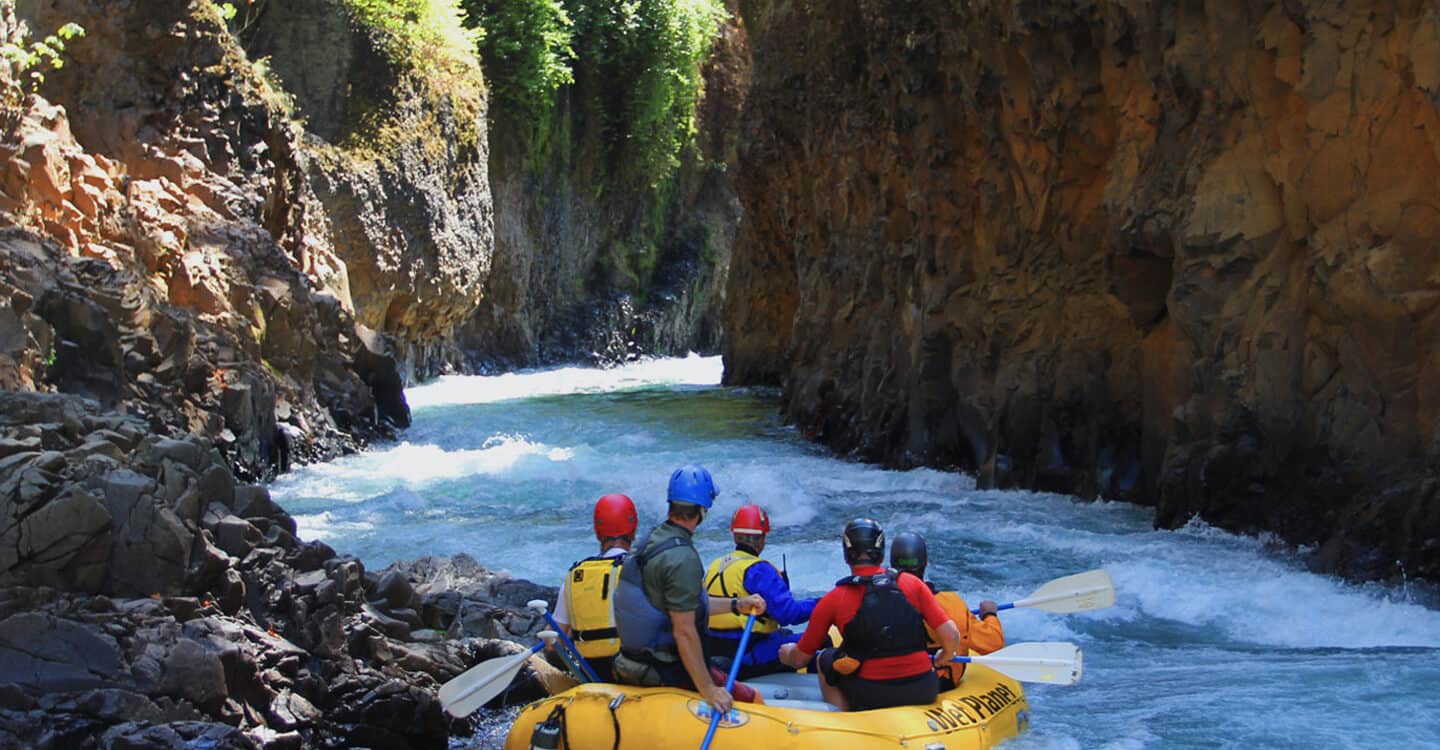When whitewater rafting and kayaking Idaho’s Main Salmon River with Wet Planet, the awesome beauty of its rugged canyons will surely move you. Tucked away, in the shade of ponderosa pines, backed against walls of granite, engraved and painted on massive boulders, you will find traces of others who shared in that wondrous enchantment for centuries. Rustic homesteads, hand-carved rock inscriptions, riverside catwalks, and ancient pictographs adorn these riverbanks: remnants of the few hardy (or crazy) enough to call this wild place home. You can call this place home for a week on our Idaho whitewater rafting trips.
This is Steps and Strokes: People and Stories of Idaho’s Main Salmon River. The stories we share in this blog series are just a snippet of the history and lore the canyon holds within its walls. Tucked in the middle of the 2.3 million acres of protected wilderness, the campsites we stay at on our 80-mile trip are virtually unreachable without rafts or kayaks. Sometime in the middle of the 6-day journey you’ll look out at the landscape and feel a surprisingly deep connection to the pioneers we profile in the coming blog posts.
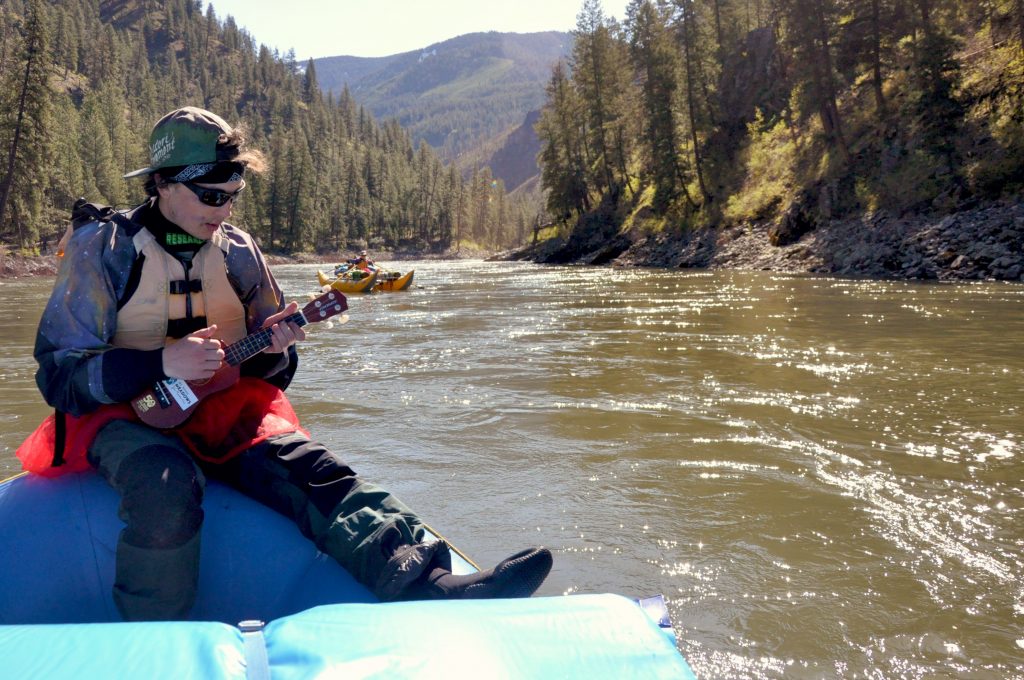
A Nez Perce Creation Story
Now, when we talk about the history of places, too often the narrative begins with what we call “recorded history.” Our emphasis on written accounts is quick to exclude those stories and histories that come in other forms. So let’s begin with a story that comes from long before the written word arrived on North American shores.
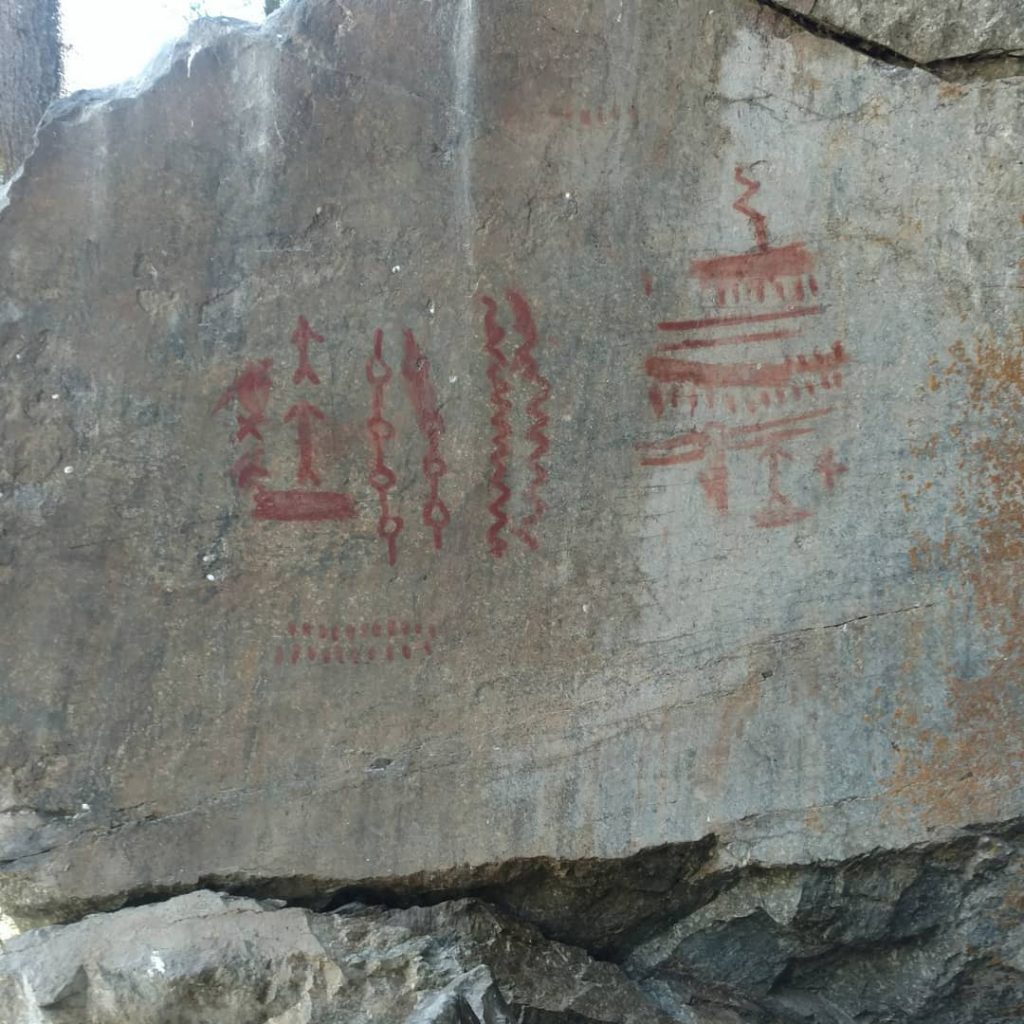
What follows is a compilation of various versions of a Nez Perce creation story:
“Long ago, when the earth had been formed, the animals created, but no humans had yet been made, there was a great monster. This monster was so huge and so hungry that all it ever did was open its mouth and draw in a giant breath and all the nearby animals would be swept into its mouth and down into its belly. Soon, there were no more animals left. Except Coyote. And the monster dared not eat Coyote because he feared his trickery. Whenever Coyote came near the monster’s mouth, it would shoo him away. And Coyote was lonely because all of his friends had been eaten. So he devised a plan to destroy the monster once and for all.
Taking just a rope, Coyote climbed a great mountain. There, he tied himself to the mountain and challenged the monster to try and swallow each other. Being very proud, the monster accepted the challenge. And believing it would most certainly win, it urged Coyote to go first. And so Coyote took a great, long, deep breath. And though the monster shuddered and trembled, it did not budge. Then it was the monster’s turn. It opened its mouth and inhaled everything in its path. But Coyote’s rope was too strong and so Coyote remained tied to the mountaintop.
This scared the monster and so rather than challenge Coyote further, it befriended him. And Coyote came down off the mountain and became friends with the monster, gaining its trust. And one day, when their friendship was sure, Coyote asked the monster if he could see all the animals in the monster’s belly. The monster agreed. Gathering a knife, flint, and kindling, Coyote climbed into the monster’s mouth and walked down its throat into the depths of its belly.
There, he found all of his friends, alive and well. Rejoicing at this reunion, Coyote decided that once they were all free and the monster destroyed, he would create a new animal in celebration. First, he told all the animals to gather near the monster’s ears, nose, and mouth, and to prepare to jump out. Then, taking his flint and kindling, he lit a great fire in the monster’s belly. As the smoke began to pour from the monster’s nose and ears, the animals began to jump out to freedom. Then Coyote ran to the heart and cut it down from where it hung in the monster’s chest. And the monster died a horrible death. Ensuring every beast had been freed, Coyote was the last one to leave the depths of the dead monster.
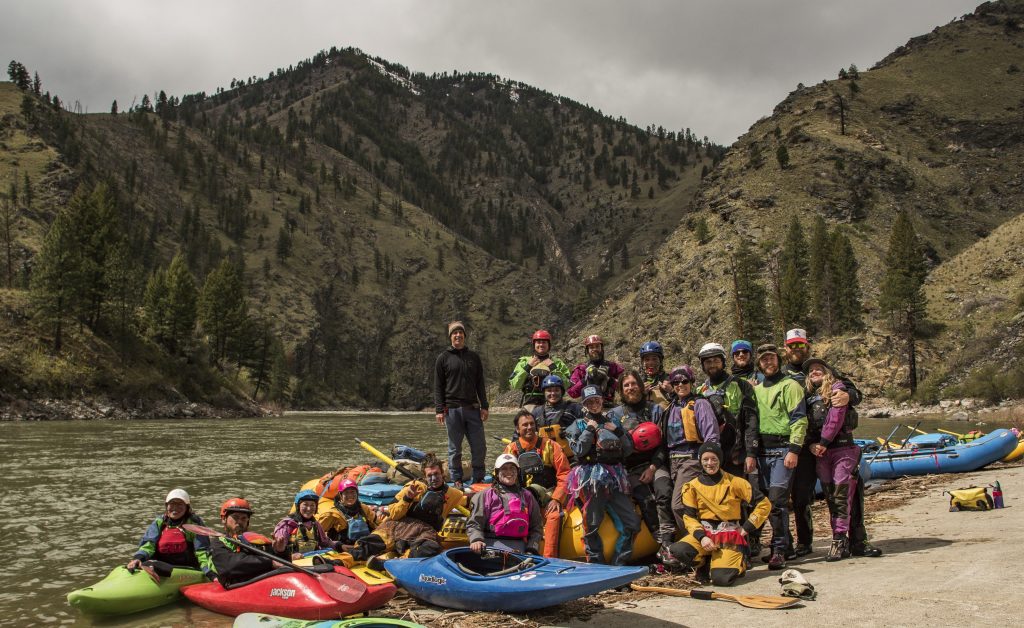
Outside, the animals danced and played, celebrating their freedom. The Coyote, true to his word, began to cut the monster into pieces, flinging the pieces far and wide. And where those pieces landed, there grew a new animal: human. He flung those pieces to the east and to the west. And there rose the Blackfeet and the Yakama. He threw the pieces to the north and south, and there rose the Flathead and the Cayuse. And when all the pieces of the monster had been thrown, Coyote’s friend Fox came to him and said, “Coyote, you have given to all the far away lands, but you have not given to this place in which we stand. And now, there is no more left to give.”
Washing the blood from his hands in a stream, Coyote dripped the red water on the ground around him. And from the reddened water rose the Nimiipu. And Coyote said, “Because I did not give you much of the monster’s body, you will be few and small, but you will be brave and intelligent and hardworking.” And so came people to the earth.”
The Nez Perce referred to themselves as the Nimiipu, “the people.” Nez Perce is French for “pierced nose.” But the Nimiipu did not pierce their noses, so it is believed that French trappers and fur traders generalized, lumping them together with nearby groups in the Pacific Northwestern region who may have sported such adornments.
The Nimiipu were fishermen, hunters, and gatherers. Living a semi-nomadic lifestyle, they moved from the plains to the rivers as the seasons provided for their needs. In the spring and summer, they fished along the Salmon River, the Clearwater and the Snake. They would also forage in the surrounding forests for berries, roots, and mosses. And once horses were introduced to the region around the mid-1700’s, many groups used them to cross the mountains to hunt buffalo, deer, and other wild game on the mid-western prairies.
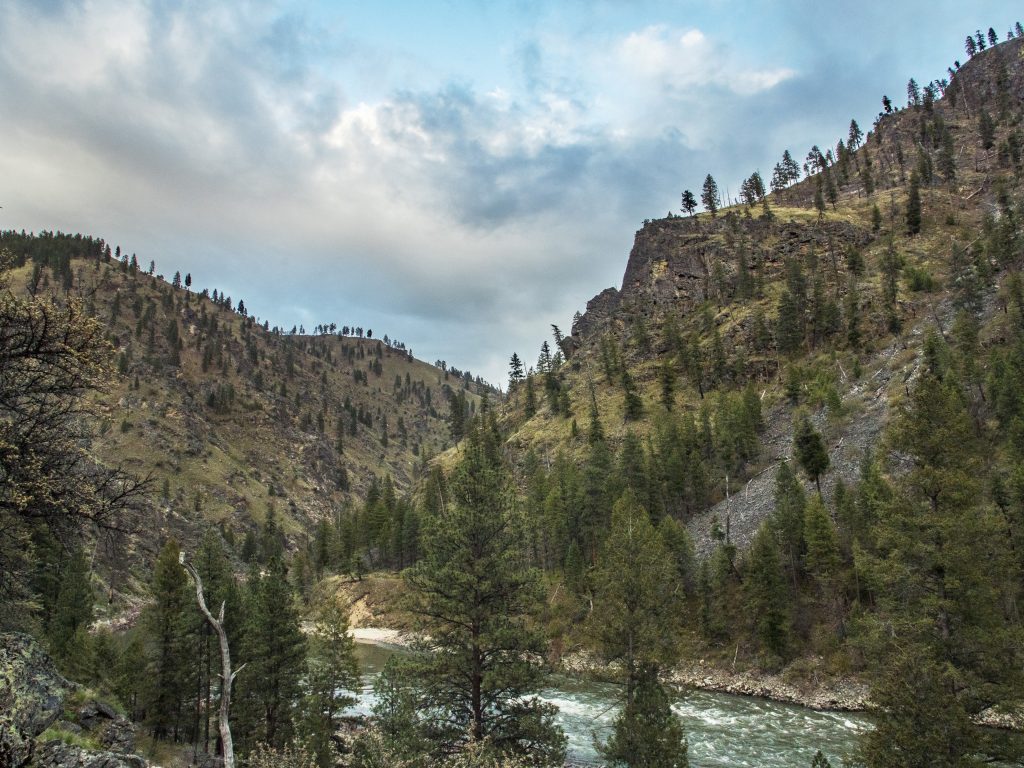
Today, after years of legendary resistance to the effects of Manifest Destiny, Nimiipu can be found living on and near the Colville Reservation in Washington and Idaho’s Lapwai Reservation. But, Nimiipu territory once ranged from present-day Western Montana and Central Idaho to Northeastern Oregon and Southeast Washington. The Nimiipu acted as gatekeepers of trade between the northeast, beyond the Rocky Mountains and the northwest coastal region. Anything or body that crossed the plains of the Northwest probably passed through the territories of the Nimiipu.
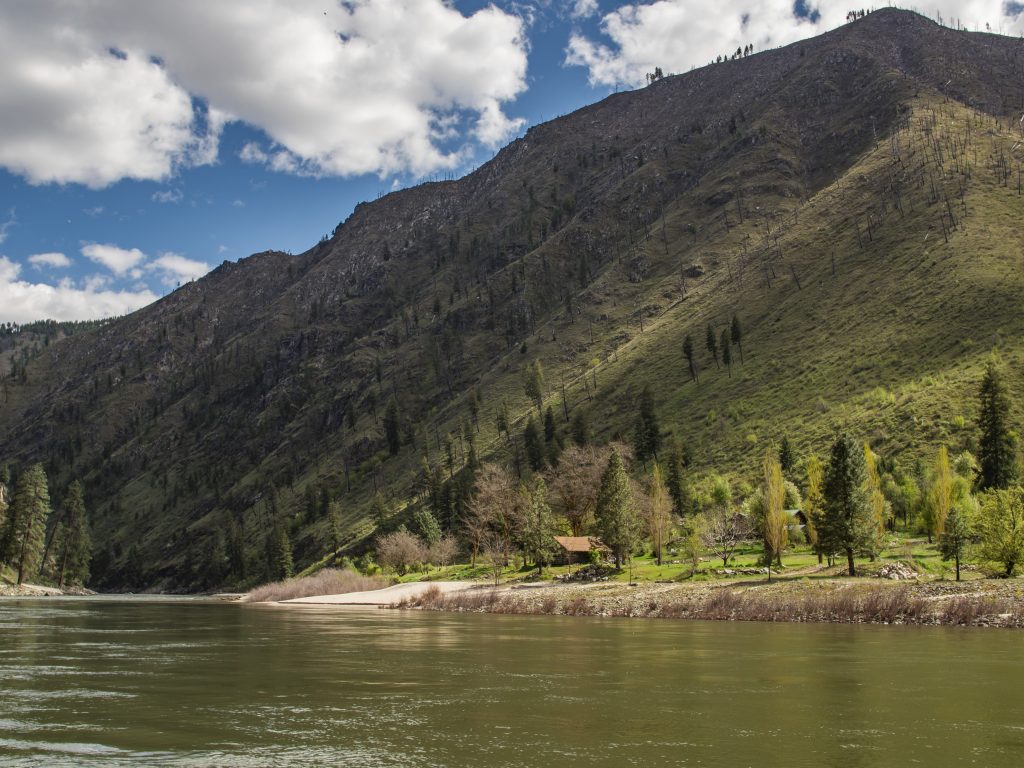
Stay tuned as we continue to explore the stories of the extraordinary visitors and inhabitants of Idaho’s Salmon River gorge and the Frank Church Wilderness of No Return. When you join us on a multi-day Main Salmon rafting or kayaking trip you will truly experience the lives and adventures of those featured. Enjoy the luxuries of fully-guided exciting whitewater, comfortable camping on white-sand beaches, delicious meals, and relaxing evenings by the fire.

